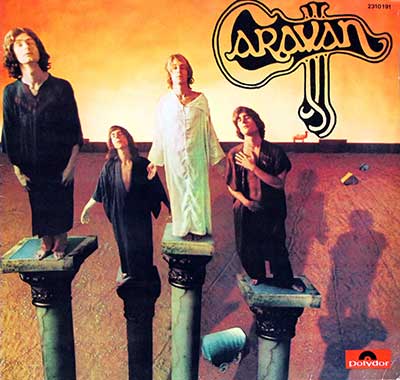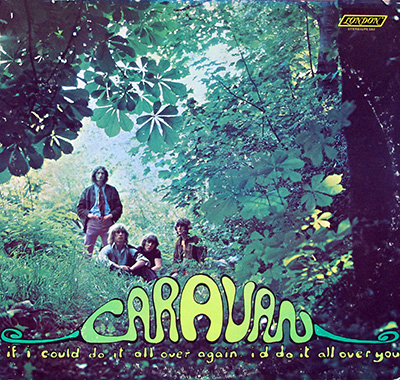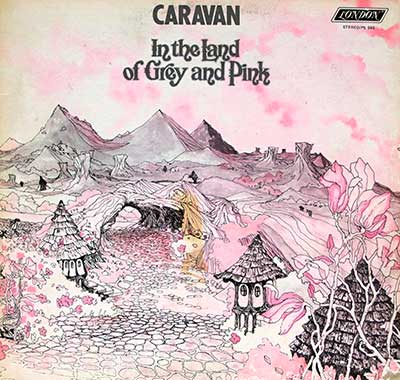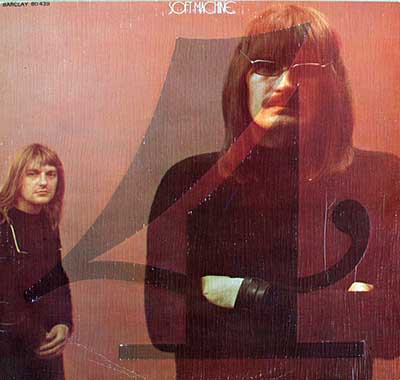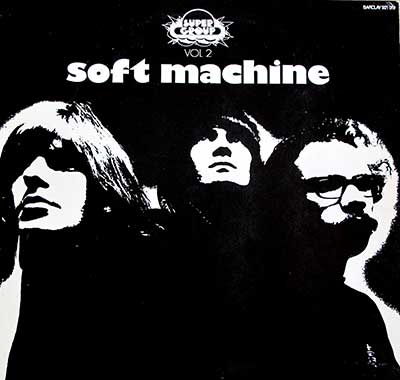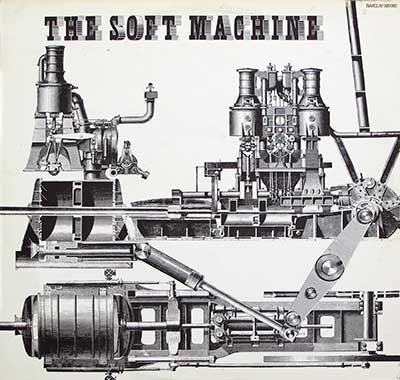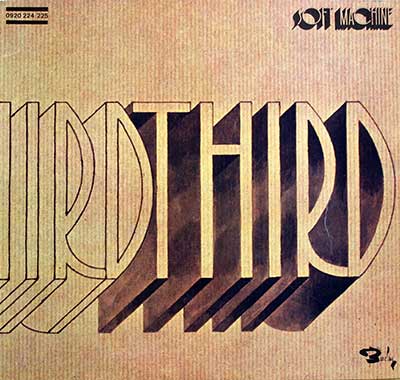The Canterbury Scene
The Canterbury scene, emerging in the late 1960s and flourishing throughout the 1970s, is a unique and influential subgenre of progressive rock. Named after the English city of Canterbury, this scene is renowned for its innovative blend of jazz, rock, and psychedelia, marked by whimsical lyrics, intricate instrumental passages, and a distinctly English sense of humour. Though not a formal genre or a geographically bound movement, the Canterbury scene is defined by the interconnectedness of its musicians and bands, many of whom shared a common ethos and musical approach.
Origins and Development
The Canterbury scene's roots can be traced to the early 1960s, when a group of young musicians from the Canterbury area began experimenting with jazz and rock. The Wilde Flowers, formed in 1964, is often considered the starting point of the scene. Although the band never released an album during its existence, it was a breeding ground for future Canterbury luminaries. Members of The Wilde Flowers went on to form two of the most important bands in the scene: Soft Machine and Caravan.
Soft Machine , named after the William S. Burroughs novel, became one of the pioneers of the Canterbury sound. Their early work was steeped in the psychedelic rock of the late 1960s, but they quickly evolved into a more jazz-oriented direction, blending complex time signatures, free-form improvisation, and avant-garde influences. Their second and third albums, Volume Two (1969) and Third (1970), are considered landmarks of progressive rock, pushing the boundaries of what rock music could encompass.
Caravan , on the other hand, developed a more melodic and song-oriented approach, blending the pastoral elements of English folk with jazz and rock. Their 1971 album, In the Land of Grey and Pink, is widely regarded as a quintessential Canterbury album, featuring a mixture of whimsical lyrics, lush organ work, and extended instrumental passages.
Key Persons and Bands
Apart from Soft Machine and Caravan, several other bands and musicians played crucial roles in the Canterbury scene. Among them, Robert Wyatt , a founding member of Soft Machine, stands out as a key person. After leaving Soft Machine, Wyatt formed Matching Mole and later embarked on a solo career, producing the critically acclaimed album Rock Bottom (1974). His work is noted for its emotional depth, experimental spirit, and blending of jazz with avant-garde elements.
Hatfield and the North and National Health are also significant contributors to the Canterbury sound. Both bands, featuring many of the same musicians, such as keyboardist Dave Stewart and guitarist Phil Miller, epitomised the more complex and jazz-influenced side of the scene. Their music is characterised by intricate compositions, a sense of playfulness, and a disregard for commercial considerations.
Gong, led by Australian musician Daevid Allen, another Soft Machine alumnus, also became associated with the Canterbury scene. Although Allen’s band is more closely aligned with space rock, Gong's early albums, such as Camembert Electrique (1971) and Flying Teapot (1973), share the whimsical and experimental qualities of the Canterbury sound.
Commercial Success and Influence
While the Canterbury scene never achieved the widespread commercial success of other progressive rock bands like Pink Floyd or Yes, it garnered a dedicated following and critical acclaim. Albums such as In the Land of Grey and Pink, Third, and Rock Bottom are now considered classics of the genre. The scene's influence can be heard in later progressive rock, jazz fusion, and even indie music, with bands like Stereolab and The Mars Volta citing Canterbury bands as inspirations.
The scene’s musicians were not only prolific in their output but also in their collaborations, leading to a rich and interconnected body of work that defies easy categorisation. This spirit of collaboration and experimentation is one of the Canterbury scene’s enduring legacies, as it fostered a musical environment where creativity and innovation were paramount.
What Sets the Canterbury Scene Apart
The Canterbury scene is distinct from other progressive rock movements in several key ways. First, there is the sense of humour that permeates much of the music. Bands like Caravan and Gong often incorporated surreal and absurdist lyrics, which contrasted with the more serious tone of other progressive rock bands. Secondly, the fusion of jazz and rock is more pronounced in Canterbury bands than in other progressive rock groups, with extended improvisations and complex harmonies being a hallmark of the style.
Furthermore, the Canterbury scene's music often eschews the bombast and grandeur associated with some of the era's progressive rock. Instead, it favours a more intimate and whimsical approach, with a focus on musicianship and experimentation over commercial appeal.
Legacy
By the late 1970s, the Canterbury scene began to dissipate as punk and new wave took over the music landscape. However, its influence persists, particularly in the realms of progressive rock and avant-garde music. The scene’s legacy is also evident in the continued interest in and reissues of its classic albums, as well as in the work of contemporary musicians who draw inspiration from its eclectic and experimental spirit.
In summary, the Canterbury scene represents a fascinating chapter in the history of progressive rock. It is a testament to the power of musical innovation and collaboration, producing a body of work that remains influential and beloved by fans of adventurous music.
